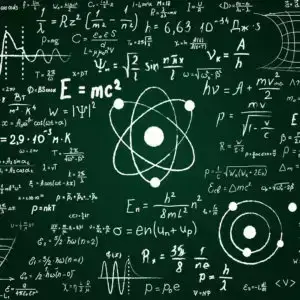

First of all, make sure that Steamworks Common Redistributables is installed because according to the steamdb page for GTA 5 it requires vcrun2022 and d3dx9 installed from winetricks (or protontricks) which it normally gets from the Steamworks Common Redistributables automatically.
From my admittedly very brief research, it doesn’t look like you can play GTA 5 online if you skip the launcher but if you want to just play offline you can set your Steam Launch Options by right clicking the game and going to properties. If you set it to command% -scOfflineOnly that will skip the launcher but disable multiplayer.
You can also try setting the Steam Launch Options to PROTON_USE_WINED3D=1 %command% which forces Proton to use the OpenGL driver rather than the Vulkan driver for D3D.












Star Trek Enterprise
lol jk